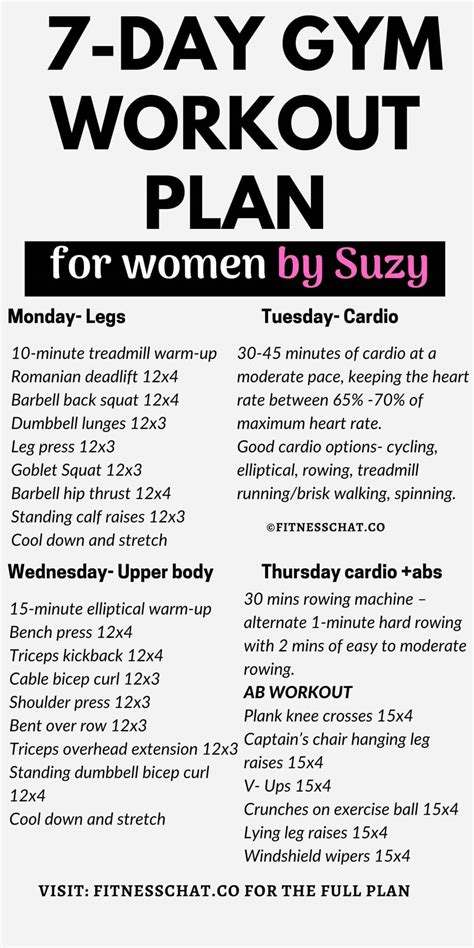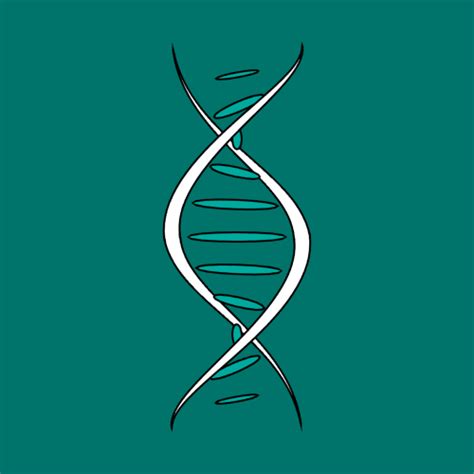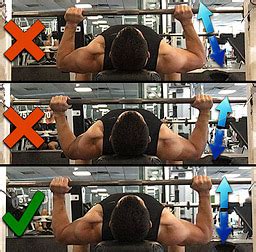The Biological Basis of Body Shape Differences
The human body is a marvel of biological engineering, and one of its most striking features is the sexual dimorphism evident in body shape, particularly the difference in shoulder-to-hip ratio between men and women. Men typically possess a broader upper body, creating a ‘V’ shape, while women often exhibit wider hips relative to their shoulders, contributing to an ‘hourglass’ or ‘pear’ figure. This fundamental difference is not merely aesthetic but rooted deeply in genetics, hormones, and evolutionary pressures, optimizing each sex for distinct biological functions.

Hormonal Influences on Development
A primary driver of these differences is the influence of sex hormones, predominantly testosterone in men and estrogen in women. During puberty, a surge in testosterone in males promotes significant bone and muscle growth. This includes the widening of the clavicles (collarbones) and scapulae (shoulder blades), which directly contribute to broader shoulders. Testosterone also facilitates greater overall muscle mass, particularly in the upper body, further accentuating the broader shoulder appearance.
Conversely, estrogen in females guides different developmental pathways. While estrogen supports bone growth, it also plays a crucial role in widening the pelvis and increasing fat deposition around the hips and thighs. This hormonal balance ensures the development of body features essential for reproductive functions, such as childbirth, which requires a wider pelvic opening.
Skeletal Structure and Growth
Beyond hormonal effects, the inherent skeletal structure itself dictates much of the shoulder-to-hip ratio. Men tend to have longer and thicker clavicles, which literally push the shoulders further apart. Their rib cages are also generally wider in proportion to their pelvis. The male pelvis, while robust, is typically narrower and taller compared to the female pelvis.
In women, the pelvis is significantly wider, shallower, and more bowl-shaped, an adaptation critical for facilitating pregnancy and childbirth. This wider pelvic structure, combined with relatively shorter clavicles and narrower rib cages, naturally results in a body shape where the hips are proportionally wider than the shoulders.

Muscle Distribution and Functional Roles
The distribution of muscle mass further reinforces these anatomical differences. Men, driven by higher testosterone levels, typically develop greater muscle mass, especially in the upper body, including the shoulders, back, and chest. This muscularity enhances the perception of broad shoulders and contributes to the ‘V’ taper. These muscles are functionally important for tasks historically associated with male roles, such as hunting, lifting, and combat.
Women, while capable of significant muscle development, generally carry less upper body muscle mass relative to men and often have a higher percentage of body fat, much of which is stored around the hips and thighs. This distribution is also linked to reproductive health and energy reserves for pregnancy and lactation.
Evolutionary and Functional Perspectives
From an evolutionary standpoint, these distinct body proportions offered significant advantages for survival and reproduction. Broad shoulders and a strong upper body in males were likely indicators of strength, prowess, and the ability to hunt, fight, and protect, making them more attractive to potential mates. The capacity for throwing spears or tools, and engaging in physical confrontation, would have been facilitated by a robust upper torso.
For females, wider hips were a direct indicator of reproductive fitness and the capacity for safe childbirth, making them a highly desirable trait. This adaptation ensured the successful continuation of the species by providing a larger birth canal and greater capacity for carrying a fetus. Thus, both body types represent successful evolutionary strategies, honed over millennia to support the specific biological roles of each sex.

Conclusion
The broader shoulder-to-hip ratio observed in men compared to women is a complex and fascinating example of human sexual dimorphism. It is not attributable to a single factor but rather an intricate interplay of hormonal influences during development, distinct skeletal growth patterns, differential muscle and fat distribution, and the long-term pressures of natural selection. These differences, while serving distinct functional and reproductive purposes, underscore the incredible adaptability and specialization inherent in the human form.




